 When it comes to preventing and treating altitude sickness, there are some fairly effective medications like Diamox that you can use while climbing Kilimanjaro.
When it comes to preventing and treating altitude sickness, there are some fairly effective medications like Diamox that you can use while climbing Kilimanjaro.
But what about natural remedies?
In this article, we explore what natural foods and dietary supplements may be helpful to improve acclimatization at high altitudes.
1. Antioxidants

When our body’s cells use oxygen, they naturally produce free radicals as byproducts. These free radicals cause cell damage, known as oxidative stress. Antioxidants are substances that may protect your cells against free radicals.
A study of climbers on Mount Everest found that antioxidant supplementation was effective in reducing the incidence of Acute Mountain Sickness (AMS) and improving the physiological profile of mountaineers.
The best sources of antioxidants are fruits and vegetables, which we will feed you on the mountain. But taking vitamins such as Vitamin C and Vitamin E in pill form will supply your body with a high dose of antioxidants, in a quick, cheap and convenient wa
2. Beet Juice
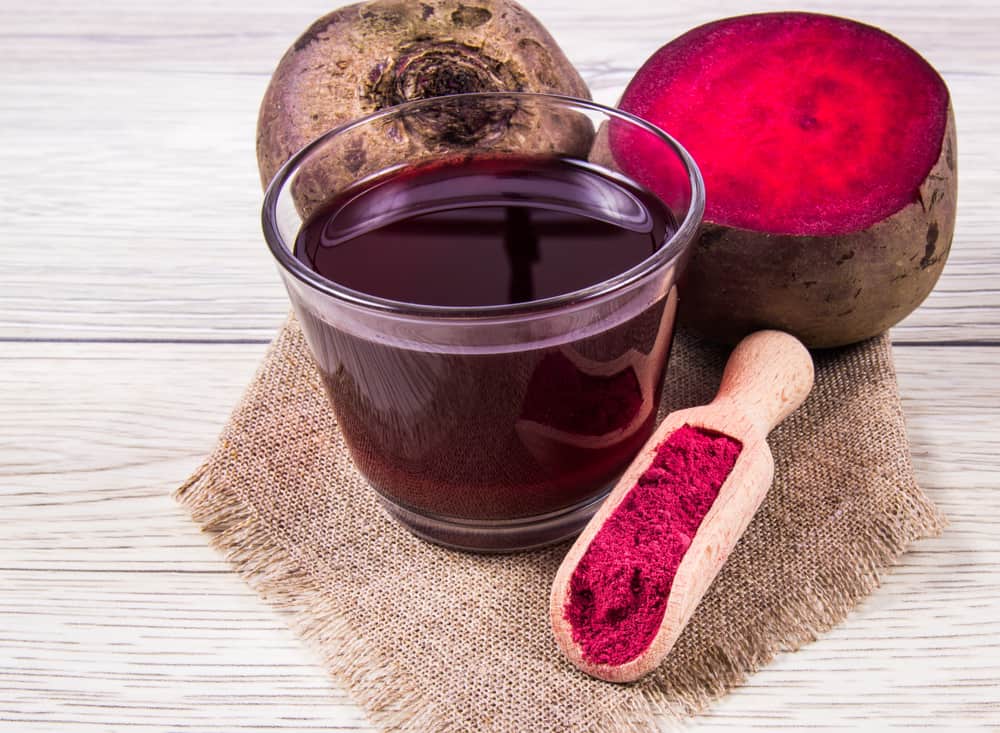
At high altitude, our bodies have less oxygen to work with. So anything that can help deliver more oxygen to the body is potentially useful.
That’s where this vibrant root vegetable comes in. Beets contain a high level of nitrates, which the body converts to nitric oxide. Nitric oxide, also known as NO2, relaxes blood vessels and makes it easier to function in conditions of low oxygen.
Research has shown that drinking beet juice at high altitudes restored blood vessel function to normal. It can help the body acclimatize more quickly to prevent altitude sickness.
You can find high quality, freeze dried beet or beet juice in powder form, which makes taking it on your Kilimanjaro climb a cinch.
3. Cordyceps
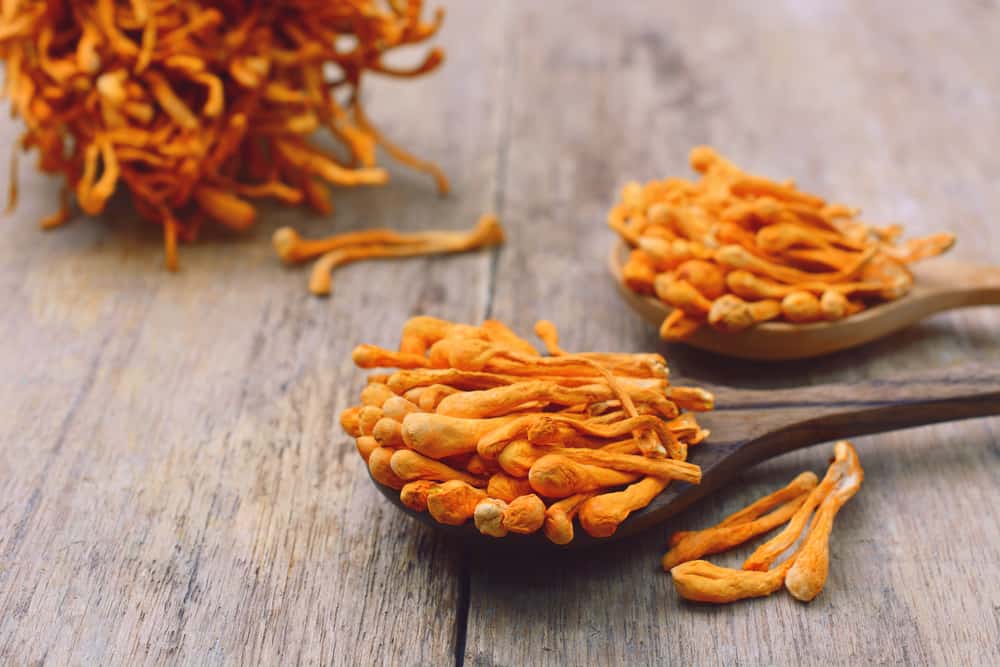
Cordyceps sinensis is a fungus that grows in high altitudes such as the Himalayas. The indigenous cultures of Tibet have long used the herb to combat the ill effects of high altitude.
Similar to the nitrates in beet juice, cordyceps act as a vasodilator. By helping to deliver oxygen to the cells of the body, it aids in acclimatization.
Furthermore, studies of cordyceps have also suggested that it can increase endurance and improve exercise performance. The Chinese credited cordyceps with their three Olympic world record performances at the World Outdoor Track and Field Championships in 1993.
Cordyceps can be purchased in capsule form for easy transport and consumption.
4. Coca Leaves
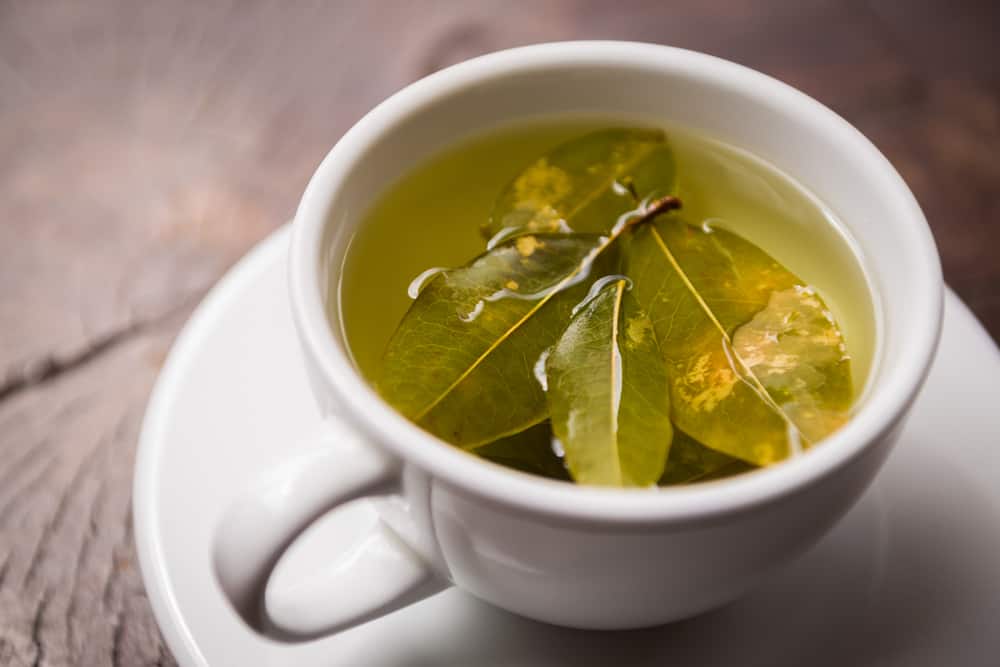
You may have heard of the coca leaf – the source for the narcotic cocaine. The leaves contain organic compounds that cause physiological effects on humans. These compounds, called alkaloids, are extracted chemically to make the illegal drug. However, in its raw leaf form, the alkaloid content is very small and very safe for consumption.
The coca leaf has been used traditionally for centuries among indigenous people in South America. When chewed or brewed in tea, coca acts as a mild stimulant and suppresses hunger, thirst, pain, and fatigue.
Many believe that the coca plant can combat the negative effects of altitude and help overcome altitude sickness. The local people and tourists take coca leaves with them on the high trails of the Andes Mountains in Peru and Bolivia.
Outside of South America, most countries’ laws, including Tanzania, make no distinction between the coca leaf and cocaine, so the possession of coca leaf is prohibited.
5. Ginkgo Biloba
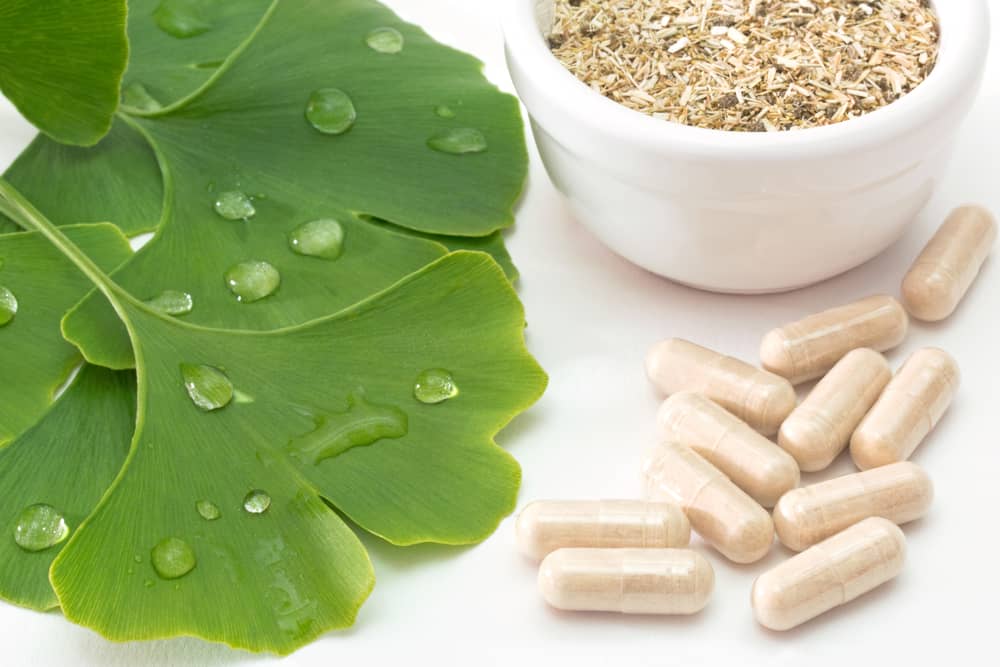
Ginkgo biloba is a tree that produces leaves that have been used to treat a variety of medical conditions. Ginkgo is known to improve blood circulation and improve brain function at low oxygen levels. The way it is purported to work is that it boosts oxygen saturation.
Studies have shown that it can help prevent common symptoms of altitude sickness. One study tested the effects of ginkgo on subjects who had experienced symptoms of AMS before. When given ginkgo biloba, they had fewer symptoms than the control group. They reported no headaches, dizziness, insomnia, or nausea as well as much lower incidences of shortness of breath.
6. Rhodiola Rosea
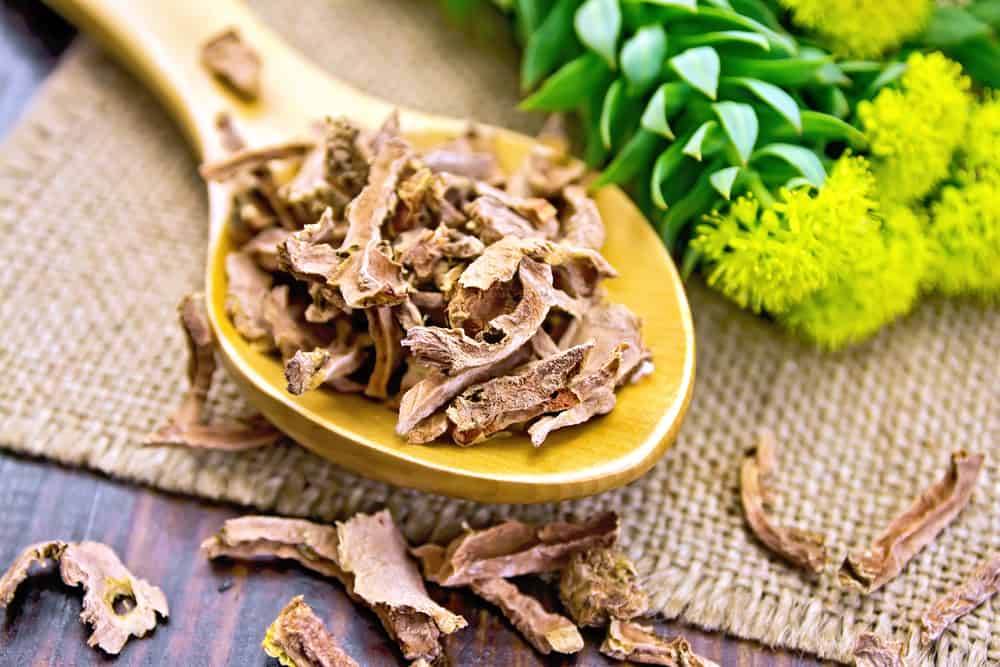
Rhodiola is a plant found in high altitudes in mountainous regions of the world. It is known as an adaptogen due to its ability to increase resistance to stressors. In fact, rhodiola was first used by Sherpas to deal with the stress of living and working at high altitudes.
The plant root acts as an energy booster as well as a preventative and treatment for altitude sickness.
A few studies have been conducted on the effect of rhodiola on both endurance and high altitude performance. It is believed to act as a vasodilator, improving oxygen efficiency at a cellular level.
7. Maca Root
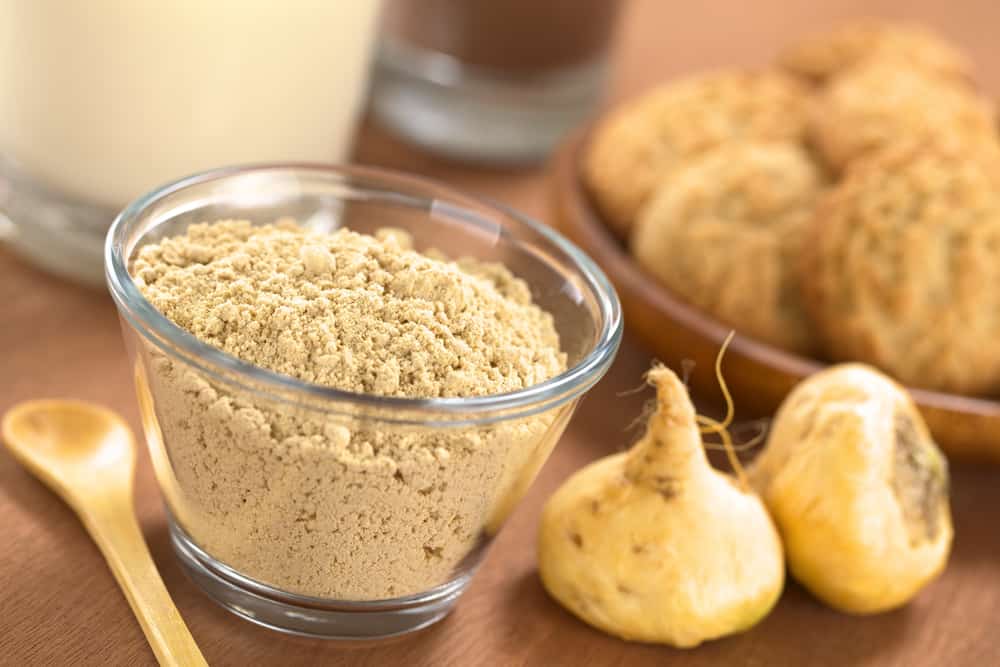
Maca root, also known as Peruvian ginseng, is a vegetable that grows underground. It looks similar to a turnip. Maca has been grown and cultivated for at least 2,000 years in the highlands of the Peruvian Andes.
The root crop is a traditional food consumed in this region for nutritional and medicinal benefits. It is known to help with endurance, strength training and hormonal issues.
Studies suggest that maca can also help the body acclimatize to high altitude. In one study, maca reduced the prevalence of chronic mountain sickness and its symptoms.
…
Of course, the best way to treat altitude sickness is to not get it at all. So remember to abide by our acclimatization guidelines for the best shot at beating AMS on your Kilimanjaro climb.

